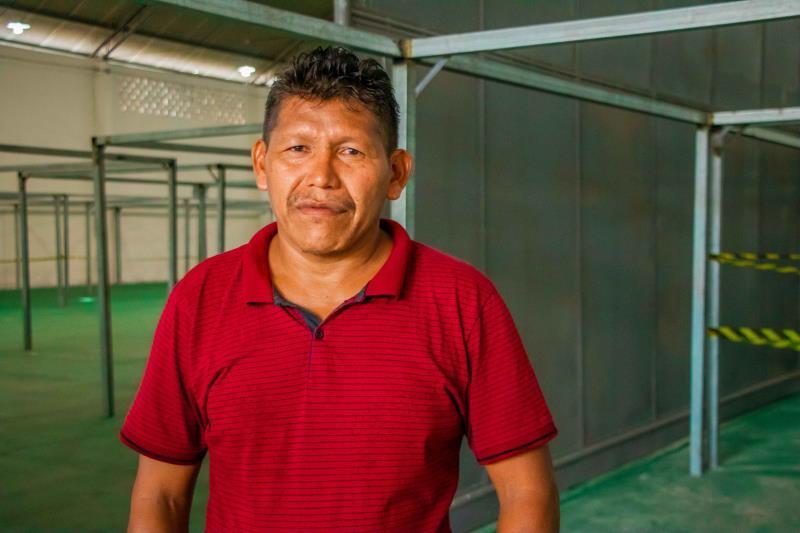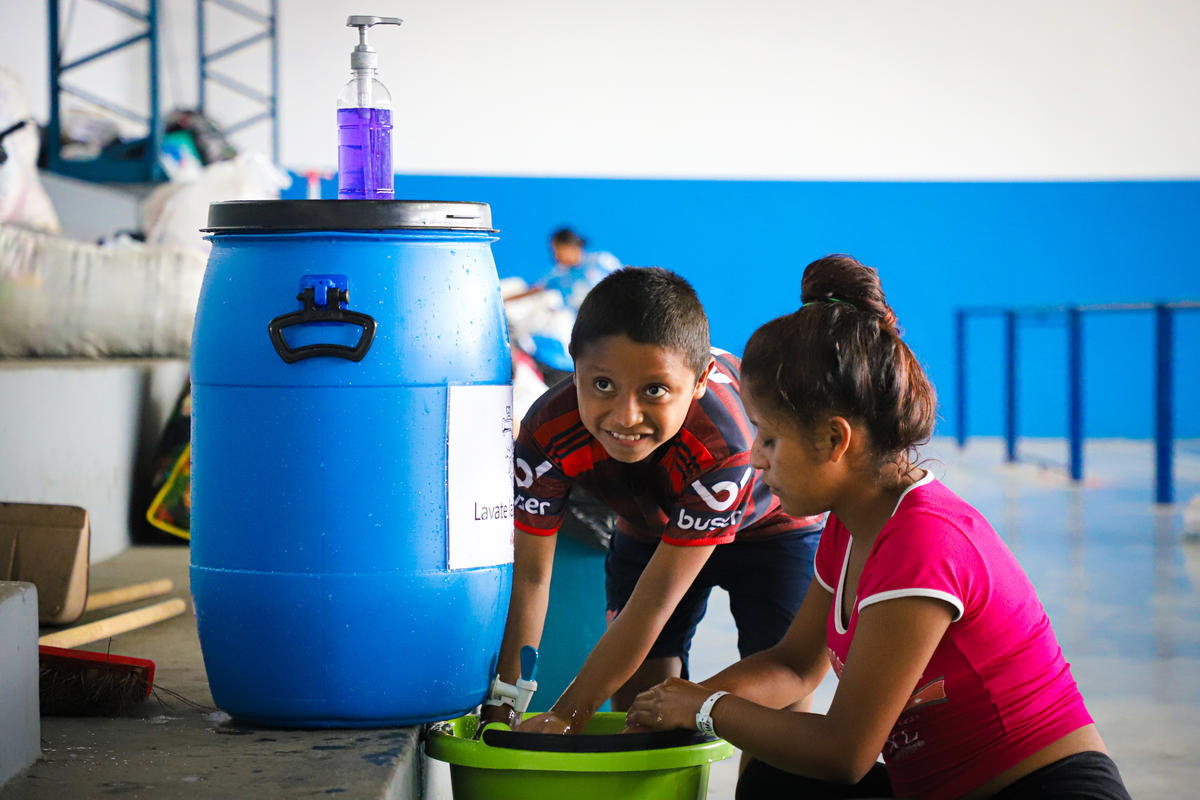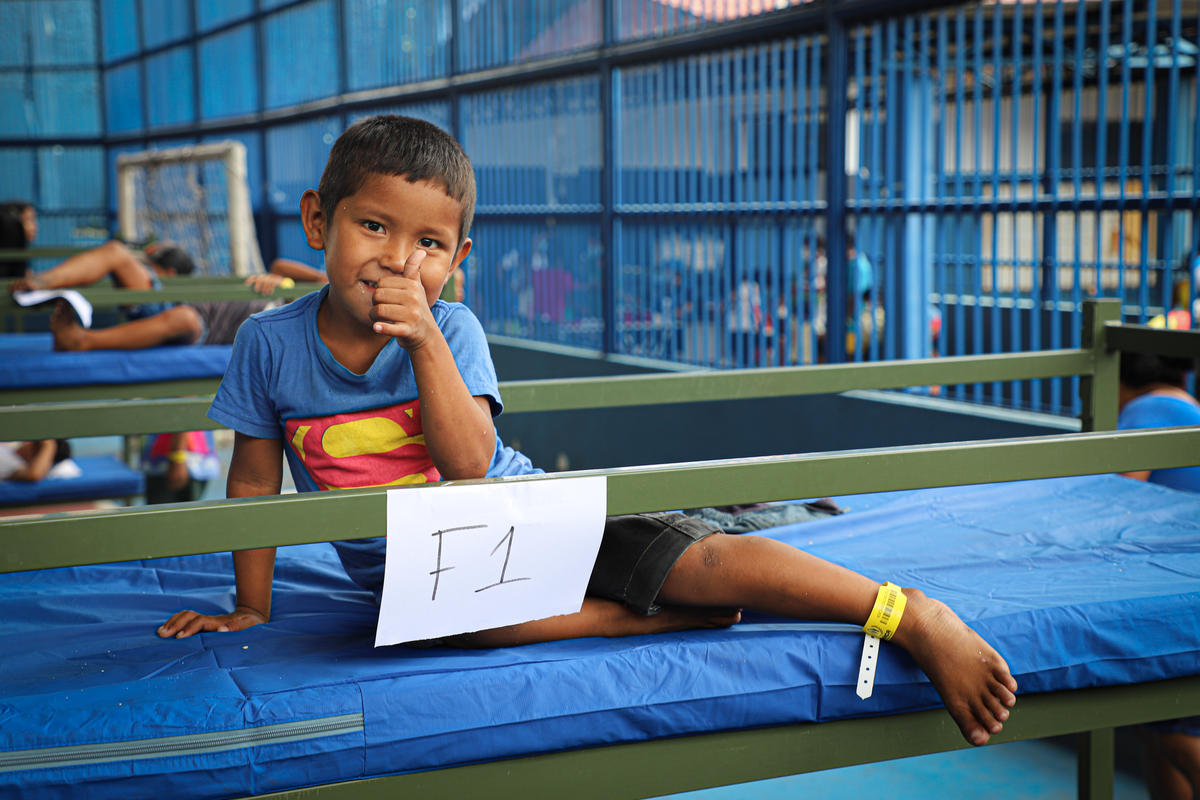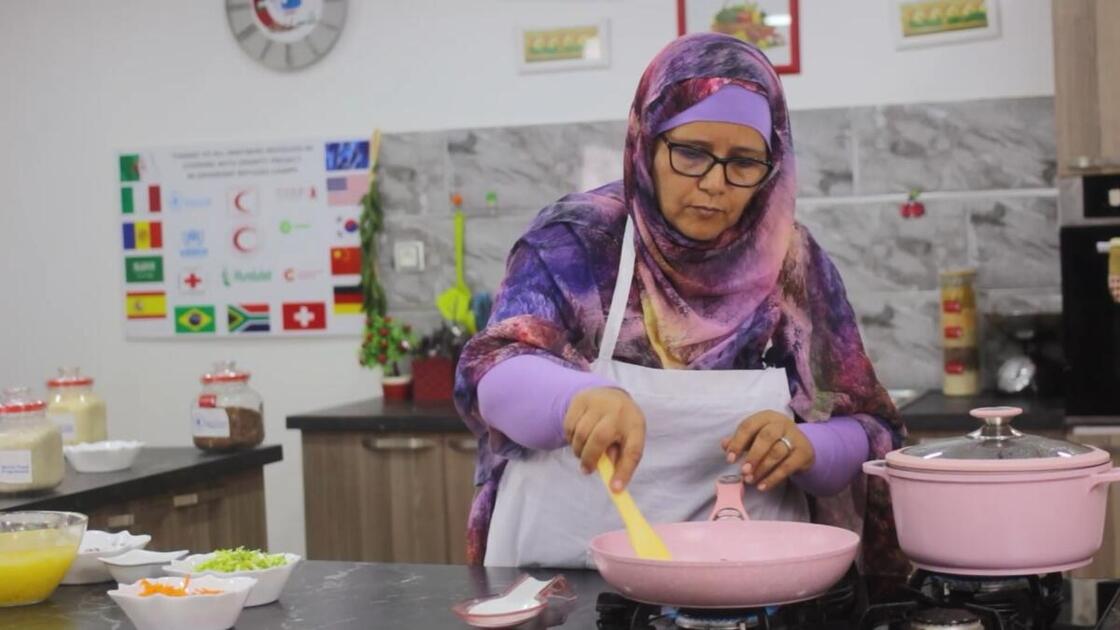Coronavirus threatens indigenous Venezuelans seeking safety in Brazil

Coronavirus threatens indigenous Venezuelans seeking safety in Brazil
Orlando Martínez had barely heard of COVID-19 when 26 members of his Warao ethnic group came down with tell-tale symptoms of the illness.
“At first they got a fever and couldn’t eat. Then, they got headaches and chest pains. Then, they started coughing and couldn’t walk,” recalled Orlando, a 43-year-old Warao community leader who fled hunger, violence and insecurity in Venezuela in 2017, along with some 18 other families from the indigenous group.
“They were very, very sick,” he said.
Orlando looked to ancient tradition to try to heal them, praying for divine intervention to expel the illness. But one man was beyond help.
“When he died, the whole community cried,” said Orlando, adding, “We are very scared of the coronavirus.”
While the coronavirus pandemic has taken a devastating toll around the world – killing more than 300,000 people globally and sending unemployment and poverty rates skyrocketing – refugees and asylum-seekers are particularly vulnerable.
While nearly half of Venezuelan indigenous refugees in Brazil have found safe spaces in shelters throughout the country, thousands of others are still in precarious situations. Relegated to sub-standard housing and relying largely on sales of their handicrafts, they are often both financially impacted by stay-at-home measures and ill-equipped to take steps to prevent contagion.
“They were very, very sick ... We are very scared of the coronavirus.”
Indigenous people also face their own particular vulnerabilities to COVID-19, as well as other illnesses. Historically, outbreaks of measles, smallpox, and influenza have decimated the indigenous populations of the Americas, which had no natural immunity to Old World infectious diseases. And while it is not yet clear whether indigenous people are particularly susceptible to COVID-19, some native groups have voiced fears that the coronavirus could prove calamitous to their already small populations.
While the exact number of indigenous people who have contracted COVID-19 in Brazil is not clear, the northern Amazon region – which is home to many native Brazilians, as well as many of the nearly 5,000 indigenous Venezuelans who have fled to Brazil – is among the hardest-hit parts of the country.
In early May, indigenous leaders in the South American nation appealed to the World Health Organization to establish an emergency fund to help protect their communities from the threat of the pandemic.
Community leaders representing the country’s estimated 850,000 indigenous people have warned that they are "extremely vulnerable, and there is a real risk that the new virus will cause another genocide.” An open letter signed by global celebrities including Brad Pitt, Madonna and Paul McCartney said that COVID-19 represented an “extreme threat” to the indigenous people of the Amazon.
“Five centuries ago, these ethnic groups were decimated by diseases brought by European colonisers,” said the letter, which has been signed by more than 240,000 people. “Now … they may disappear completely since they have no means of combating COVID-19.”
Amid the pandemic, the situation of indigenous refugees like Orlando is doubly precarious, said Sebastian Roa, a senior field associate for UNHCR, the UN Refugee Agency, in Brazil.
“The forced displacement of indigenous people often leaves them debilitated and malnourished,” said Roa. That, combined with “the lack of access to natural medicine, insalubrious lodging conditions and exposure to new diseases,” can sometimes prove fatal.
Yesmari Zapata, a Warao woman from Venezuela’s north-eastern Orinoco delta region who had been living with her family in a crowded shelter in the Amazonian city of Manaus, stressed just how hard it was to take the basic hygiene measures that physicians say are the best ways of preventing contagion.
“We were all sleeping in a small room, and there was not enough water” to allow for frequent handwashing, she said.
The family has since been moved to another shelter, supported by UNHCR and municipal authorities, where Yesmari says it is proving easier to maintain social distancing.
“I think that staying here in this shelter is the best thing we could do at the moment,” she said. “Here, we have a lot of space and it’s well ventilated and safe for the children.
“It also helps that here they provide lunch and dinner, because that way many of us don’t have to go out to try to scrape together money to buy food,” she said, alluding to the economic hardship that social distancing and stay-at-home orders have meant for many indigenous Venezuelans in Brazil.
“I think that staying here in this shelter is the best thing we could do at the moment.”
Orlando and his family make their living by selling handicrafts made from the fronds of buriti palm. But once they were no longer able to go outside to sell their handicrafts, the family was unable to afford the rental house in the Amazonian city of Belém where they had been holed up for several months.
“We weren’t able to pay rent and we got kicked out,” he recalled.
The whole group of more than 120 people were expelled, in the midst of a pandemic. Fortunately, they were swiftly relocated to a local shelter.
As the Coronavirus pandemic spreads through Latin America, UNHCR is warning that many displaced indigenous communities are now dangerously exposed and at risk.
The UN Refugee Agency is working with municipal governments throughout the region to give indigenous refugees and asylum-seekers access to shelters with better basic sanitation infrastructure and has provided indigenous shelters with hundreds of hygiene kits.
It has also become the main source of information about COVID-19 for some indigenous communities living in Brazil’s remote northern border region, thanks to the distribution of pamphlets on prevention in the indigenous Warao and Eñepá languages, as well as other initiatives.
Still, Brazil’s indigenous refugee community is gripped by fear over their future.
“We are scared,” said Manuel José Borges Mata, a 29-year-old Warao man from Venezuela’s northeastern Amacuro delta region who was living with his wife and three children in a shelter in Manaus. “We’re scared of dying and scared of losing loved ones.”












